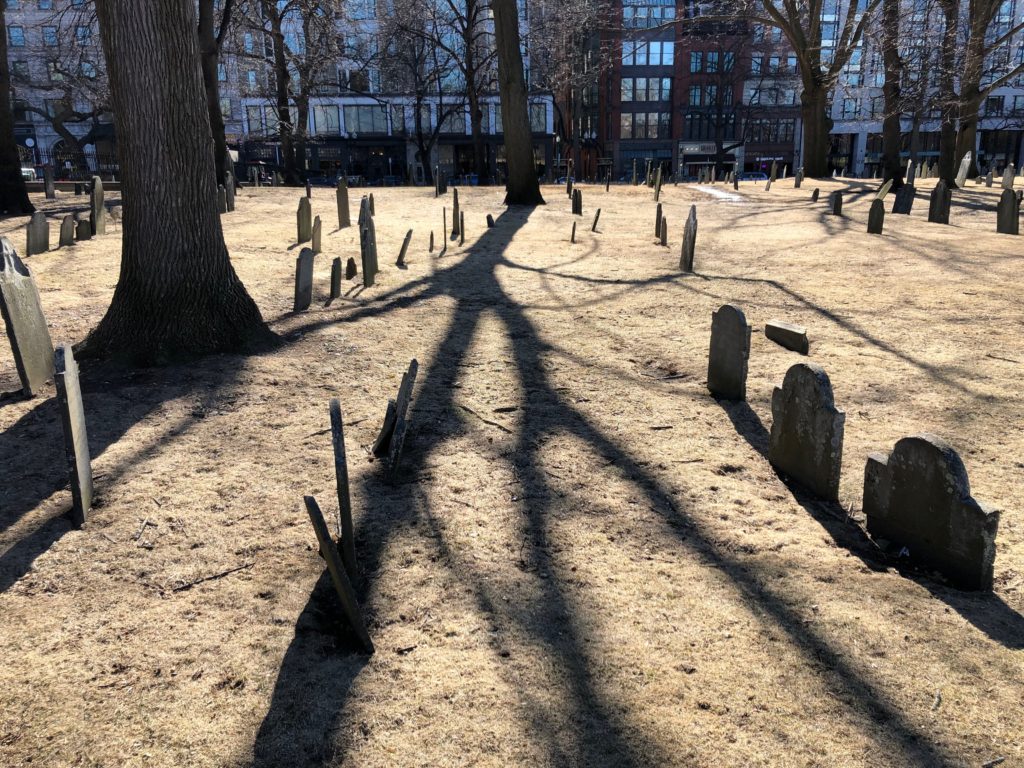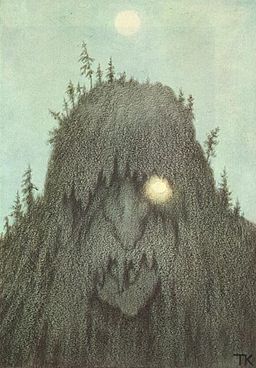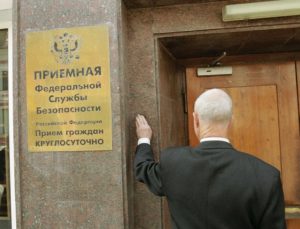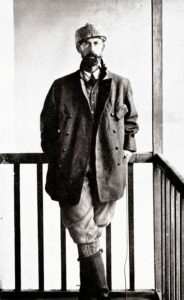The Dyatlov Pass incident
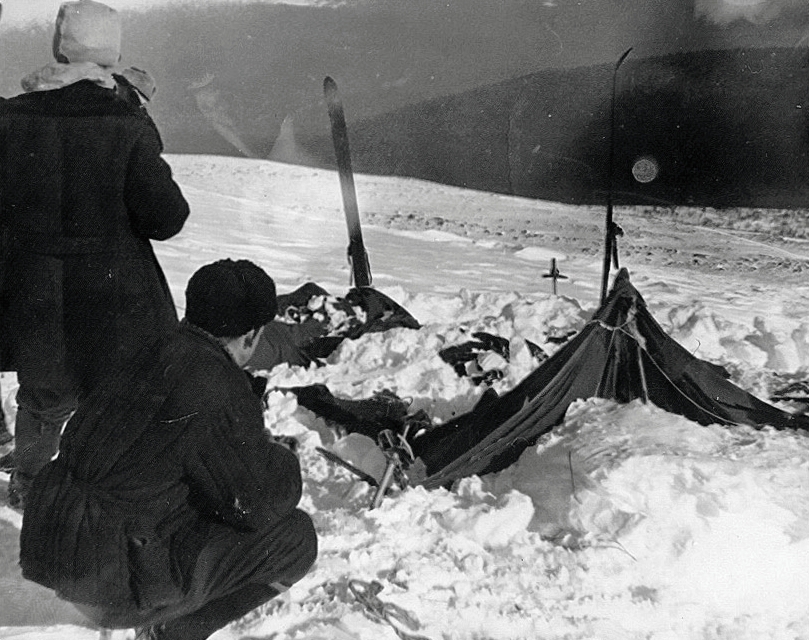
As someone who loves folklore and mystery, every Halloween season I try to find some global mysteries to discuss. Earlier on the blog I did a book review of Donnie Eichar’s Dead Mountain: The Untold True Story of the Dyatlov Pass Incident. In 1959 a large group of hikers disappeared in a remote and mountainous part of the Soviet Union. It was only when the first bodies began to appear, however, that the mystery began to acquire broader attention. Something appeared to have made them flee out of their tent in the dead of night while only partly dressed, something that was suicide in the depths of the Russian winter. Everyone in that tent was an experienced hiker and camper. What could have scared them so badly? Or was there a killer on the mountain that night, from whom they fled in terror? Given that this event took place in the Soviet Union during the height of the Cold War, there were a plethora of conspiracy theories about secret Soviet experiments, strange radiation injuries, and military guards. But what can we learn about this event in hindsight?
Lucy Ash has a wonderful article on the event, published on the BBC news website, for which she went to the location of the disaster, and interviewed key people. If you’re looking for a strange story to read, preferably while curled up near a fire on Halloween, this might be a good choice. Or check out my own book, Dangerous Spirits, which you can find here on Apple books.


